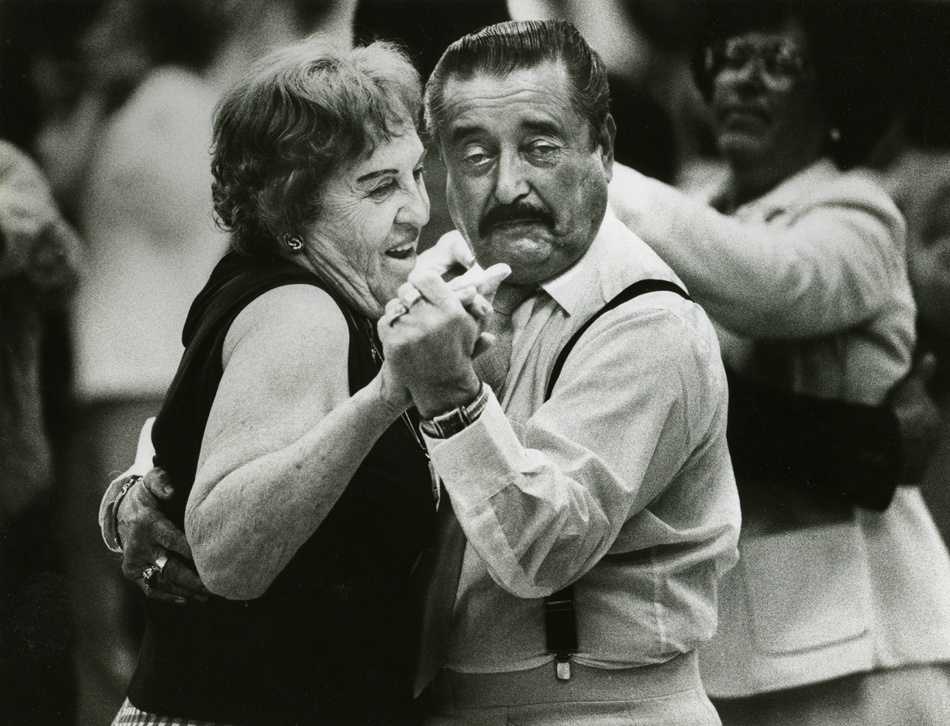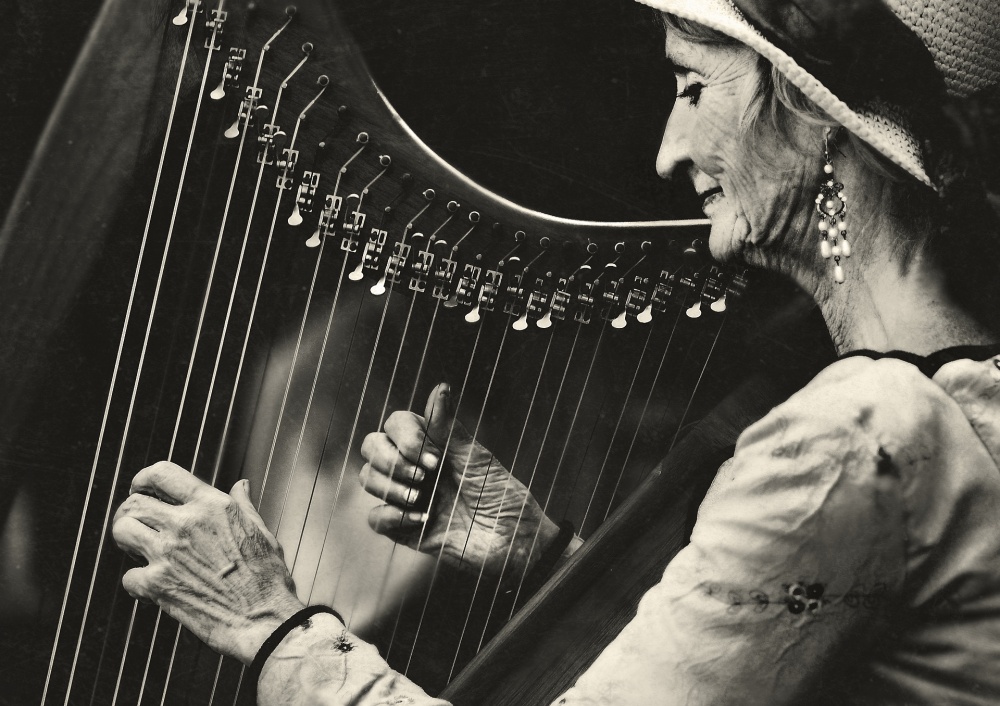SEARCH






|
|
|
|


by Editor Lourens Durand
Published the 3rd of March 2020
Historically, people have been singing since way before languages were invented, but only in the Middle Ages did music begin to be written down. During the Italian Renaissance, from 1400 to 1600 AD, the use of Italian musical terms to describe moods became popular in written music, and this practice has survived until today.
The use of these terms, and the fact that they have survived for several centuries, shows that mood plays an important part in musical compositions. Here are some examples:
Affetuso means “with feeling” and must be played gently
Agitato means “agitated” and is played fast, with agitation
Con amore means “with love” and is played tenderly
Con fucco means “with fire” and is played fiercely
Graziozo means “gracious” and is played with charm
Sotto means “subdued” and must be played softly
Stansio means “passion” and is played enthusiastically

'Passion for music' by Antonio Grambone

'on fire' by Samir Pajić
Mood in music is about the way it makes you feel, arousing different emotional states and sensations:
Party time
Memories
Celebrations
Peace
Mourning
Foot-tapping
Happiness
Loneliness
Love

'Urban Serenity' by Nadav Jonas
 '
'
West Lake sunrise' by Ivaylo and Teodora

'mais où est-il? le soleil?' by hilde van hove

'Missing you' by Malgorzata Frohmberg

'Happiness' by Dilek Yurdakul Uyar

'***' by Svetlana Melik-Nubarova

'Pippy Longstocking.' by Tanya Markova

'Tango Daddy of East 100 Street' by Glenn Capers

'Tango Toilet' by lars hylleberg
Subtle changes can influence the mood of a musical piece to shift from being happy to sad or from calm to frantic. Mood is affected by loudness, timbre, pitch and rhythm. Compare sad songs played softly, with low timbre on a cello, to songs played with bright tinkling of piano keys at a rapid pace, or to the loud, rhythmic brassy trumpets of marching songs. The happy rustiness of the piano accordion adds a unique singalong mood, compared to the gentle strumming of a harp, which has a softer, soothing effect.

'The Busker And The Boy' by Vince Russell

'Playing the Harp' by Ariel Ariel
Musicians often use transpositions to change the mood of their music, for example transposing the key of a song from C Major to A Minor can move a piece from feeling bright and cheerful to being sad and subdued.
Percussion and rhythm also have an effect on mood. Consider the crisp and booming rhythm of tenor and bass drums in a marching band with the cacophonous beat sometimes used in rock concerts or the leisurely measure of a slow ballad, each producing a mood of its own.

'The Royal Guard' by Soeren Friberg

'Drum Machine' by Chris Tonnesen

'Miroslav Tadic' by Dalibor Talajic
The idea of mood-changing is exemplified by a piece arranged by Mozart, entitled “12 Variations on ‘Ah, vous dirai-je, maman’ KV 265” (based on a children’s song mostly known as “Twinkle Twinkle Little Star”), that makes use of subtle changes, illustrating mood changes by alterations in key, tempo, embellishments, timbre and pitch.
This suggests that the mood in music can be dictated by the composer, arranger and/or artiste, and that the mood of the listener can be changed by the music. Several studies have further confirmed that soothing music helps the brain to release hormones and neurotransmitters, such as serotonin and dopamine, that promote a sense of happiness and feeling good - a contrivance used by restaurants playing background mood music, enticing patrons to linger longer.
Then, of course, there are the lyrics…
Who can forget Louise Armstrong’s famous words:
“And I think to Myself: What a Wonderful World.”
Lourens Durand
 | Write |
 | hilde van hove thank you Lourens for being a part of the selected photos! sorry for the late reply! |
 | Photo Argenta Amazing !!! |
 | Lourens Durand CREW Thank you. |
 | Wicher Bos CREW Wonderful selection of images Lourens. So much contagious joy! |
 | Lourens Durand CREW Thank you, Wicher |
 | Yvette Depaepe CREW Congratulations to all the selected authors in this beautiful gallery. Thanks Lourens, for this delightful musical read. Cheers, Yvette |
 | David Leyland Hi Yvette apologies for the late reply but thank you for the link and the comments!
|